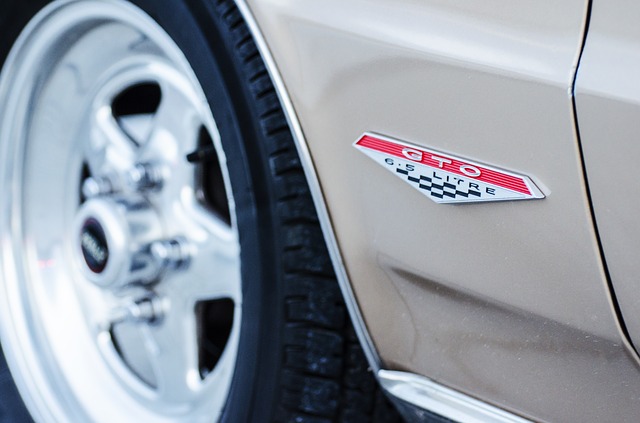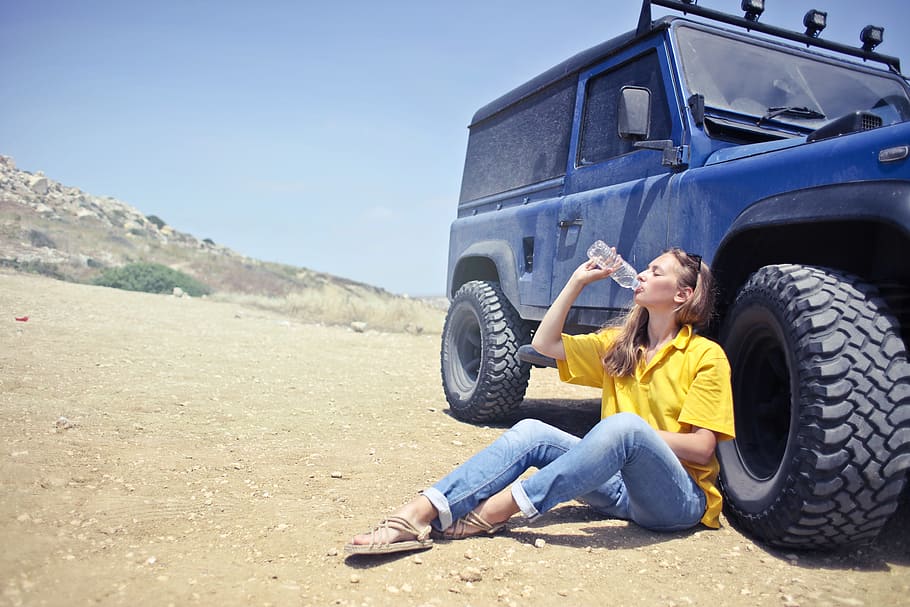There are many different car types to choose from when buying a new vehicle, and it is essential to understand your needs to derive the maximum benefit and no feeling of regrets. Apart from its apparent aesthetic aspect, the type of bodywork (manageability and ease of repairs) is also a major criterion at the time of purchase.
Let’s summarise the different body styles available on the international market today. Each one has its advantages and disadvantages, so it’s up to you to make an informed choice thanks to the precious tips in this post, which will protect you from love at first sight as pleasant as it is ephemeral!
The saloon car
A saloon car has a fixed roof and windscreen, four doors, and many windows. It carries at least four people in two parallel rows of seats. As for luggage, its boot, usually in the rear, has a reasonable volume.
Classically a three-box, its silhouette has evolved into a two-box with a convenient fifth door on the boot side, called a hatchback, and even a one-box.
Example: BMW 3 series
Even today, its road qualities, suspension comfort, and equipment remain benchmarks.
Good to know: a saloon with only 2 doors becomes a “coach” often wrongly called a “coupé”.
The estate car
Directly derived from the saloon, the estate’s roof extends towards the rear to increase the boot’s loading height considerably. Thus, the driving qualities typical of the basic saloon are coupled with a much greater load capacity for maximum versatility of use.
Typically a hatchback, the styling evolution is moving towards a unibody silhouette that is still lower than the classic MPV.
A few decades ago, there were two main families of estate cars, the commercial limousine and the family car with numerous seats (7 or more).
Examples: Chevrolet Caprice Classic station wagon
Today, many estate cars derived from mid-range and upper-range saloons have gained in seduction what they have often lost in load capacity.
The MPV
Typically unibody, the MPV adds to the numerous seats of the family saloon, much greater modularity of the interior space. Its high seating position makes it easier to use, particularly for large families with babies or very elderly users. This logical evolution of the family saloon appeared very timidity at first, then definitively in the 1980s.
There are a few drawbacks:
- You’ll often have to choose between boot capacity and the last 2 or 3 passengers,
- have to deal with a larger footprint and higher fuel consumption in urban areas and be satisfied with lower performance than a saloon on roads and motorways (mainly driving precision, road holding and fuel consumption).
Example: BMW 2 Series Gran Tourer
The coupé
The coupé’s low, the fixed-roof body, is not derived from a saloon by definition and for optimum elegance. It has only two doors and two side windows instead of four, unlike the coach.
Traditionally, the coupé offers 4 seats, but when the rear passenger seats are reduced, it is called 2+2.
Example: Porsche 911
For the needs of mass production, the coupé had to make concessions and share many body elements with the saloon, from which it already borrowed the mechanical base. That said, it was able to preserve its racy appearance and, more often than not, its high level of performance for an optimised driving experience.
Example: Toyota Celica
Good to know: Car panel repairs are also more affordable.

Convertibles
The cabriolet is often derived from a coupé; the cabriolet is easily identified. It has two side doors without window frames, whether it is a soft top, convertible or retractable hardtop.
Most often offered as a 2+2 seater, this hollow body is available in many variants:
– Roadster: a light, sporty and spartan convertible with 2 seats.
– Spider or Spyder: originally a small convertible with 2 front seats and 1 or 2 folding seats in place of the boot at the rear.
– Coupé cabriolet: thanks to its retractable hardtop, it changes from a coupé to a cabriolet as soon as the first rays of sunshine appear.
– Targa is a cabriolet with a typical profile and a stiffening arch between the front and rear seats.
– Tourer is a 4-seater variant of the roadster, focusing on driving pleasure.
The limousine
A limousine is extrapolated from the saloon and a body closed by a roof and a fixed windscreen. It has at least 4 doors, sometimes 6 and always 6 side windows.
Typically 3-volume, its boot is visually and technically separate from the passenger compartment to add to its high-end status. In this respect, the most imposing representatives are often official limousines driven by professional chauffeurs with an opening rear seat.
A status car par excellence remains popular with top executives or influential business people. Still, its lack of versatility for the general public often reduces it to rentals for special occasions.
Examples: Audi A6
Hope this post helps you decide which auto body is best for you. Remember to share your opinion in the comments below.

